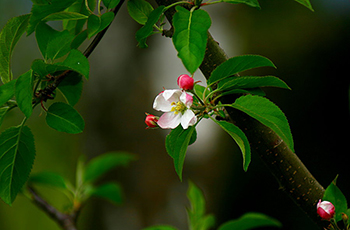 Leaf and flower – The most important parts of the plant
A leaf is an above-ground plant organ. Its main functions are photosynthesis and gas exchange. Flowers have petals. Inside the part of the flower that has petals are the parts which produce pollen and seeds. Flowers are the reproductive structure of flowering plants.
Leaf and flower – The most important parts of the plant
A leaf is an above-ground plant organ. Its main functions are photosynthesis and gas exchange. Flowers have petals. Inside the part of the flower that has petals are the parts which produce pollen and seeds. Flowers are the reproductive structure of flowering plants.
A leaf is an organ of a vascular plant, as defined in botanical terms, and in particular in plant morphology. Foliage is a mass noun that refers to leaves as a feature of plants. Typically a leaf is a thin, flattened organ borne above ground and specialized for photosynthesis, but many types of leaves are adapted in ways almost unrecognizable in those terms: some are not flat (for example many succulent leaves and conifers), some are not above ground (such as bulb scales), and some are without major photosynthetic function (consider for example cataphylls, spines, and cotyledons). A structurally complete leaf of an angiosperm consists of a petiole (leaf stalk), a lamina (leaf blade), and stipules (small structures located to either side of the base of the petiole). Not every species produces leaves with all of these structural components.
A flower, sometimes known as a bloom or blossom, is the reproductive structure found in flowering plants. The biological function of a flower is to effect reproduction, usually by providing a mechanism for the union of sperm with eggs. The flower is responsible for seed development and reproduction. There are four main flower parts in angiosperms: sepals, petals, stamens, and carpels. The stamen is considered the male portion of a plant and the carpel is considered the female portion.